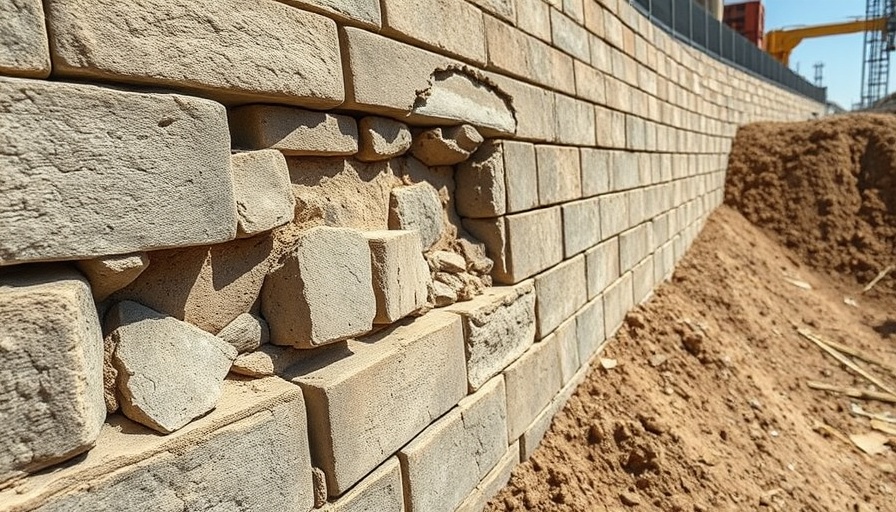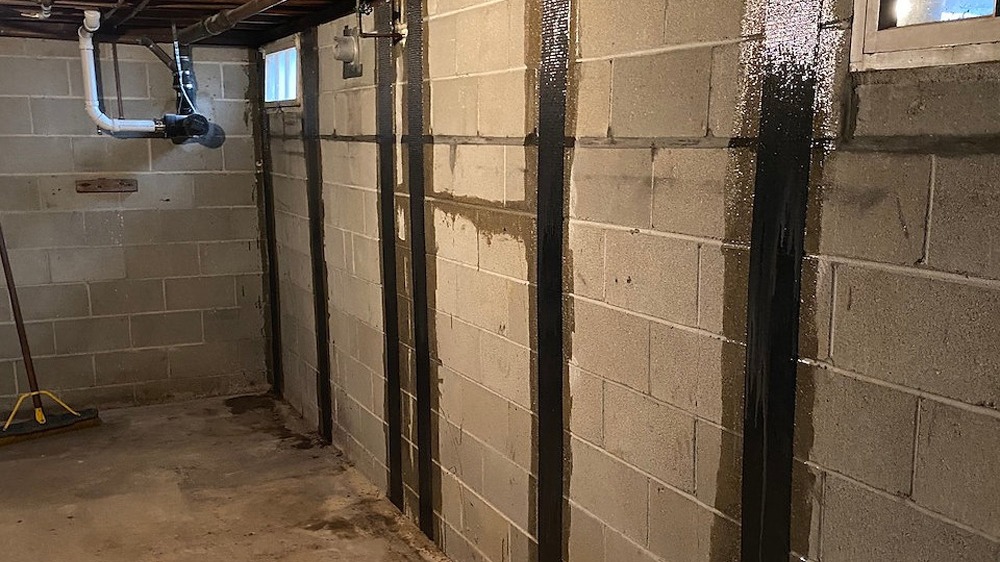
The Challenge: Addressing a Settling Retaining Wall
The stability of a retaining wall was compromised by gradual settlement due to poorly compacted fill soil, which contained a mix of gravel, sand, and organic debris. This instability raised significant safety and financial concerns regarding the wall's future performance.
Why Retaining Wall Settlement Poses Serious Risks
Retaining walls are critical structures designed to hold back soil and prevent erosion or collapse. When these walls encounter settlement, they can lead to:
Structural Failure: Continuous shifting can weaken the wall’s structural integrity, risking a complete collapse.
Safety Hazards: A failing wall poses significant dangers to students and staff, creating liability issues for the school.
Costly Repairs: Delaying stabilization could lead to much larger repair bills and reconstruction needs down the line.
To secure the future of the school’s property and ensure safety, a permanent solution was necessary.
Implementing a Proven Solution: Push Piers
The foundation repair contractor employed a push pier system to stabilize the wall effectively. Here's a step-by-step overview of how this method works:
Step-by-Step Process of Push Pier Installation
Site Preparation & Excavation: The crew began by carefully excavating the area around the retaining wall's foundation. This process exposed the footing and allowed for seamless access for the push pier installation.
Push Pier Bracket Installation: Heavy-duty steel brackets were affixed to the wall’s footing, facilitating the transfer of load from the soil to the push piers.
Driving Push Piers into Stable Soil: Each pier was hydraulically driven deep into the earth until solid, load-bearing soil was reached, anchoring the wall and countering future settlement.
Securing the System: The team then locked the piers in place after thorough testing, ensuring the wall’s stability.
Restoration: Finally, the excavated soil was refilled and compacted, restoring the area to its original state with minimal disruption.
The Impact: Enhanced Safety and Stability
The installation of push piers created several lasting advantages for the school:
Elimination of Further Settlement: The wall is now anchored to solid ground, ensuring no further movement.
Long-Term Security: The solution guarantees stability, protecting against future structural damage and costly repairs.
Minimal Disruption: The project’s efficient execution allowed school operations to continue with minimal interruptions.
Enhanced Safety: School community members can traverse the area confidently, knowing the retaining wall is secure.
Considering Push Piers? Here’s What You Should Know
Homeowners facing similar issues with retaining walls should consider push piers as a viable solution. These systems are designed for environmental variables, easily overcoming issues related to soil conditions. Many contractors recommend push piers for their durability and effectiveness in stabilizing even heavily loaded structures.
Common Misconceptions About Push Piers
There are myths surrounding the use of push piers, particularly regarding their efficacy and permanence. Some homeowners believe that push piers only provide short-term solutions. In reality, when installed correctly, they can offer lasting stabilization, often with warranties extending beyond 25 years.
Conclusion: Secure Your Property Today
If you’re witnessing signs of wall settlement and are concerned about safety or structural integrity, reaching out to a qualified contractor for professional advice is essential. The foundation contractor will be ready to assess your situation and provide effective stabilization solutions, many times free of charge.
#RetainingWall, #FoundationRepair, #PushPiers, #Settlement, #Stabilization, #SoilCompaction, #StructuralIntegrity, #Safety, #Excavation, #Contractors
 Add Row
Add Row  Add
Add 




 Add Row
Add Row  Add
Add 


Write A Comment